Uber meaninglessly announces they are back on the road, when they aren't
Submitted by brad on Thu, 2018-07-26 20:13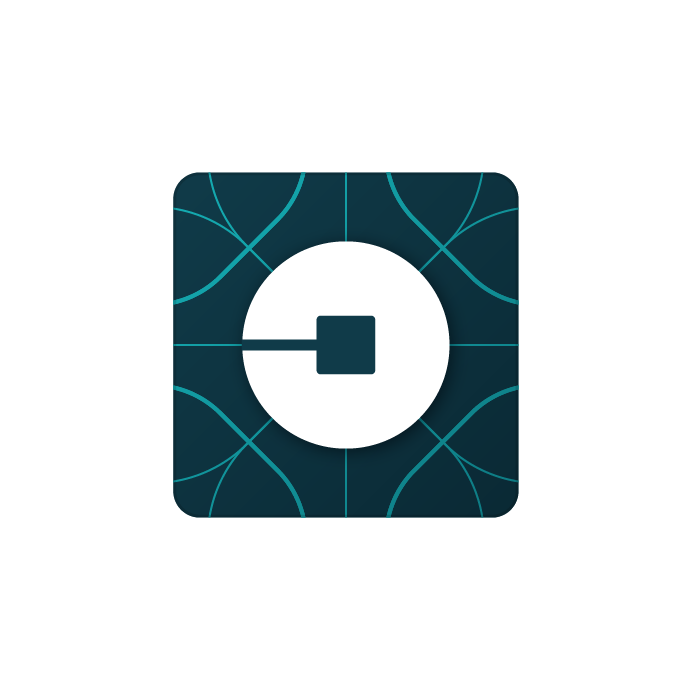
Uber made a strange announcement this week, that they are back on the road in Pittsburgh, when they actually aren't.
The future of computer-driven cars and deliverbots

Uber made a strange announcement this week, that they are back on the road in Pittsburgh, when they actually aren't.
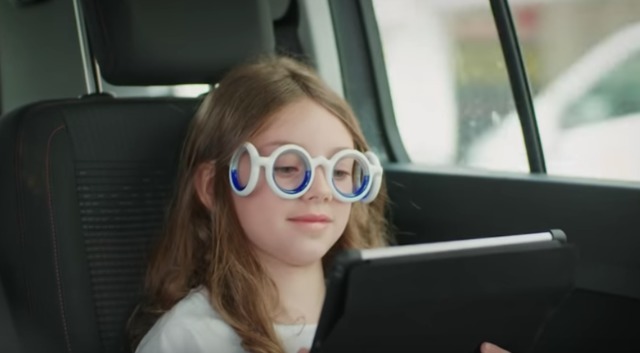 For a lot of people, being a passenger in a car can easily lead to motion sickness, particularly if they try to do something like looking down to read a book or stare at a phone. Not everybody gets this, but it's enough to be a big issue for the robocar world. Drivers usually don't feel this much, but in the robocar world, everybody's a passenger.
For a lot of people, being a passenger in a car can easily lead to motion sickness, particularly if they try to do something like looking down to read a book or stare at a phone. Not everybody gets this, but it's enough to be a big issue for the robocar world. Drivers usually don't feel this much, but in the robocar world, everybody's a passenger.
Recently, robocar start-up Zoox came a little out of stealth with this Bloomberg piece and you can also watch a video demonstrating their perception system at work.
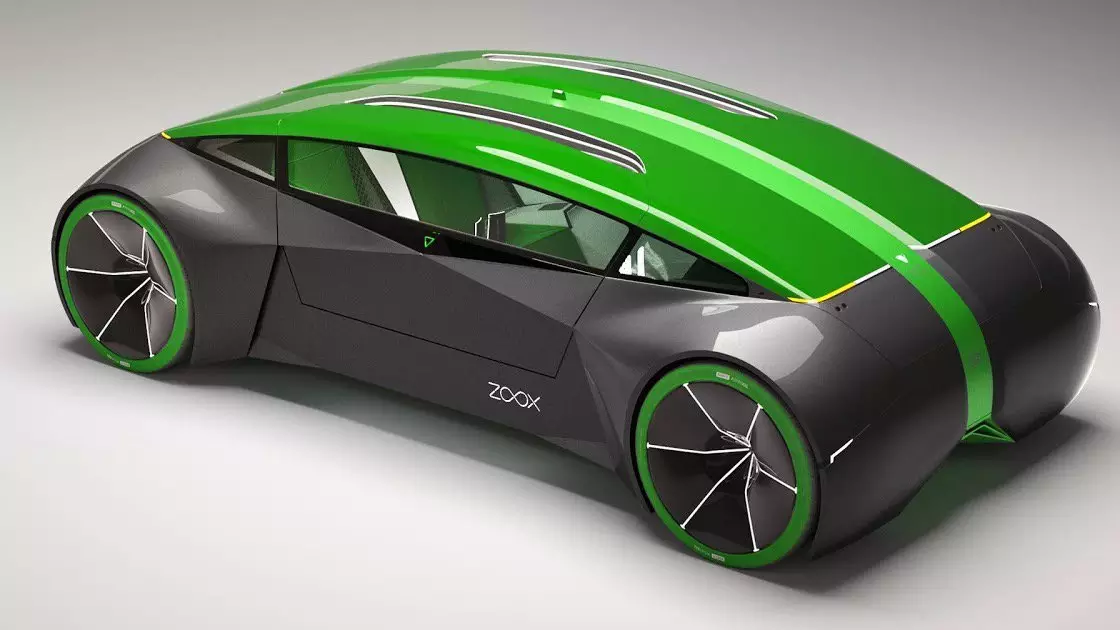
In discussion of the eventual cost of a robotaxi ride, I and others have forecast costs similar to the all-in cost of car ownership. Today that's 40 to 60 cents/mile (plus parking) and for a one person electric "city car" it can be under 20 cents. Note that in building these costs I am looking at the full retail cost today including:
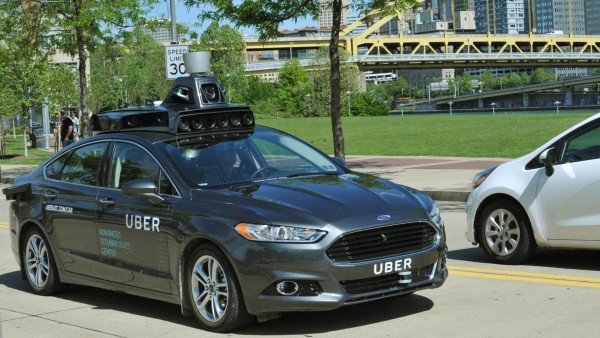
I was asked by the New York Times to comment on what future city transportation plans should look like. In a short piece, they could not repeat all I said, so I will expand a bit here.
My main advice to cities is that nobody, including myself, has the exact answer on how transportation will look in 2030 or beyond. (They are making plans for 2030 and even 2040 now.) Because we can't know, my advice is to design to be flexible. Design to be able to change your mind.
Yesterday I wrote about the future of group tourism and made reference to the tourist robocar.
I hate tour groups. I hate the very rare times I am part of one, and I hate encountering them at tourist locations. And with few exceptions, I suspect most people also hate several aspects of them, other than perhaps when it's a group of family or friends. Like so much of the tourist world, I think there is immense room for improvement thanks to new communications and transportation technology.
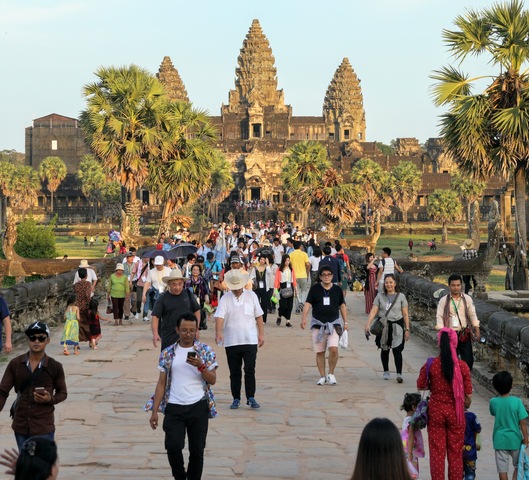
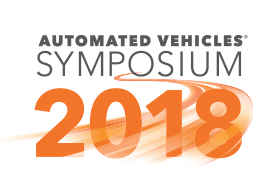
For the second year at the Automated Vehicles Summit, we held a "Shark Tank" where there were 4 pitches on controversial ideas in robocars, and the 4 sharks (including myself) and the audience debated them. While these breakout sessions are on Chatham House Rules, I can certainly outline my own views.
Day two of AUVSI/TRB Automated Vehicle Summit
Simulation and other studies were done by Boston Consulting Group for the World Economic Forum. Their study contains some interesting conclusions about shifts in urban traffic in several cities.
The AUVSI/TRB "Automated Vehicles Summit" kicked off this morning with a report from JD Power on consumer attitudes. I am very skeptical of all such surveys. They seem as useful as a survey from 2005 about what people would do with the iPhone after it comes out in 2 years. Such a survey would surely have reported almost nobody planned to get one or would use it in the ways people actually do.
The Tempe police released a detailed report on their investigation of Uber's fatality. I am on the road and have not had time to read it, but the big point, reported in many press was that the safety driver was, according to logs from her phone accounts, watching the show "The Voice" via Hulu on her phone just shortly before the incident.
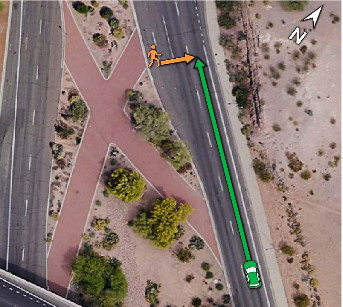 Yesterday I examined some of the details released by the NTSB about the Uber fatality. Now I want to dig deeper with speculation as to the why. Of course, speculation is risky, though I can claim a pretty good track record. When I outlined various possible causes of the incident just after it, I put 4 at the top. I figured that only one might be true, but it turned out that two were (Misclassification as a bicycle, and the car wanting to stop but being unable to actuate the brakes) though I did not suspect Uber deliberately blocked the car from doing hard stops. So I'll try my luck at speculating again.
Yesterday I examined some of the details released by the NTSB about the Uber fatality. Now I want to dig deeper with speculation as to the why. Of course, speculation is risky, though I can claim a pretty good track record. When I outlined various possible causes of the incident just after it, I put 4 at the top. I figured that only one might be true, but it turned out that two were (Misclassification as a bicycle, and the car wanting to stop but being unable to actuate the brakes) though I did not suspect Uber deliberately blocked the car from doing hard stops. So I'll try my luck at speculating again.
The NTSB has released its preliminary report on the fatality involving the Uber prototype self driving car. The NTSB does not attempt to assign blame, but there are some damning facts in the report.
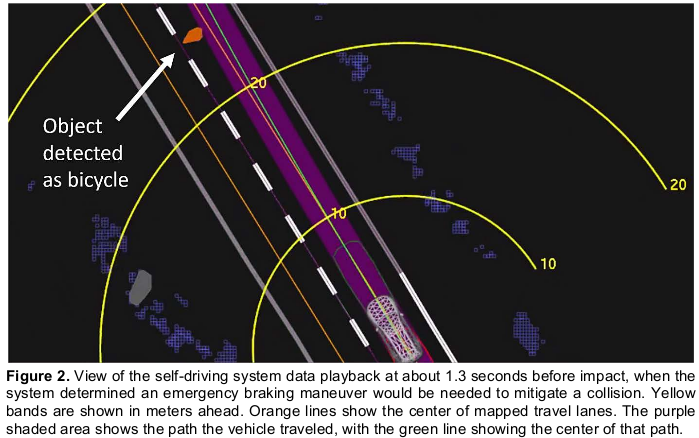
Most of the press reported a research report from UBS securities claiming Waymo is now worth $75B to Google because it is poised to dominate the robotaxi business. In addition to this, it claimed that business would be $1.2 trillion by 2030, with an additional $472 billion for "in car monetization." (Total Google revenue was $110 billion in 2017.)
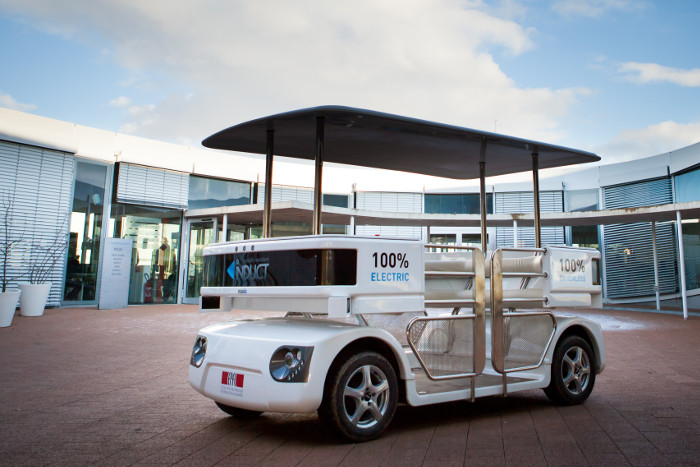
The wake of Tesla's incident has caused a lot more questions about the concept of testing prototype robocars on public roads supervised by "safety drivers." Is it putting the public at risk for corporate benefit? Are you a guinea pig in somebody's experiment against your will? Is it safe enough? Is there another way?
There was a lot of buzz yesterday about publication by a team at CSAIL and MIT about their research on driving without a map.
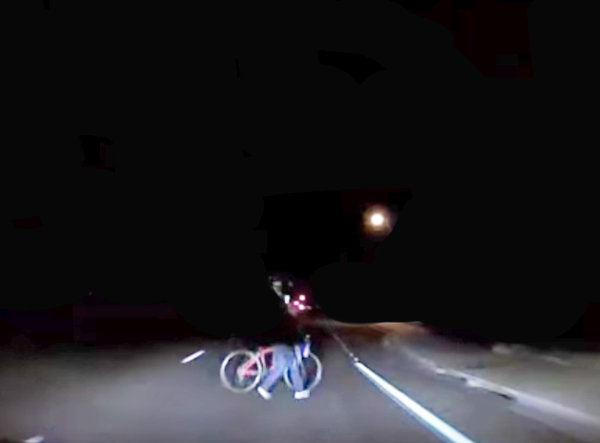
The newsletter "The Information" has reported a leak from Uber about their fatal accident. You can read the article but it is behind a very expensive paywall. The relevant quote:
A crash today with a Waymo van is getting attention coming in the same area just a short time after the Uber fatality, but Waymo will not be assigned fault -- the driver of the car that hit the Waymo van veered out of his lane into oncoming traffic because of somebody else who was incurring on the intersection. Only minor injuries, but higher energy than prior crashes for Waymo.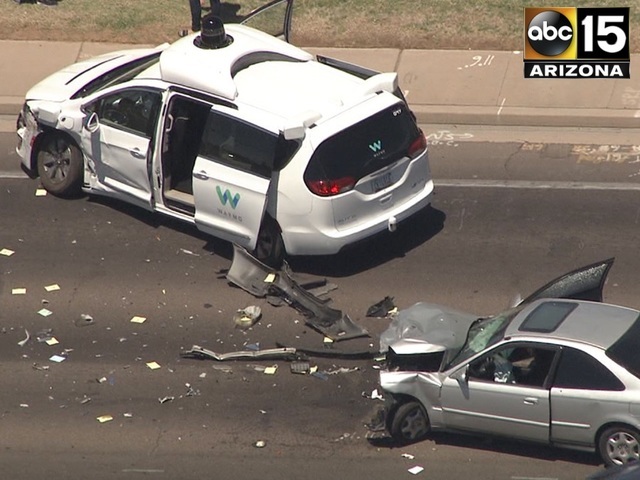
At teams around the world attempt to build safe robocar systems, one key asset has stood out as a big differentiator -- experience. For a company to be willing to certify their vehicle as safe, it needs experience with all the strange circumstances that it might encounter driving the roads.
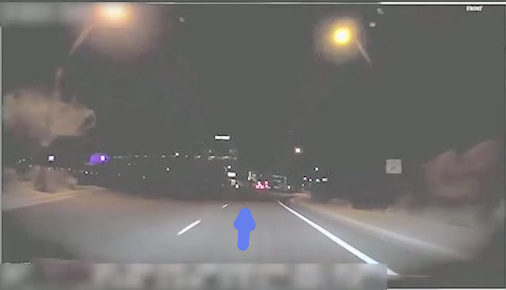
The primary purpose of the city is transportation. Sure, we share infrastructure like sewers and power lines, but the real reason we live in dense cities is so we can have a short travel time to the things in our lives, be they jobs, friends, shopping or anything else.
Sometimes that trip is a walking one, and indeed only the dense city allows walking trips to be short and also interesting. The rest of the trips involve some technology, from the bicycle to the car to the train. All that is about to change.
Copyright © 2025, Brad Ideas
Designed by Zymphonies
